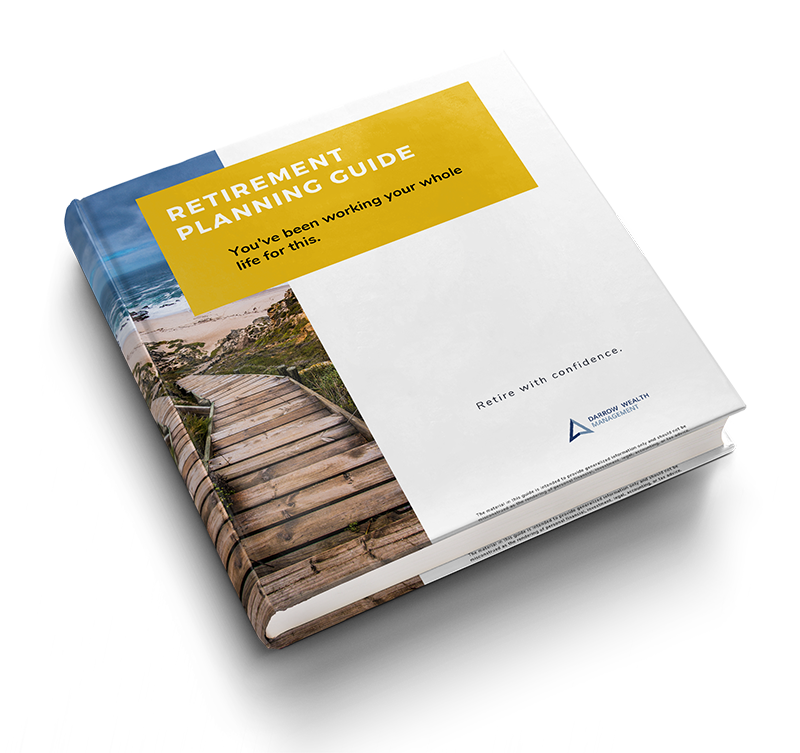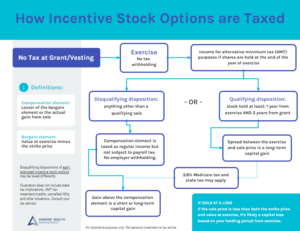It goes by many different names: semi-retirement, partial or phased retirement, second career, and so on. But typically, it means the same thing: working in some capacity after retiring early. According to the 2024 State of Retirement Planning Study by Fidelity Investments, the rise of remote and hybrid work has shifted retirement preferences for working Americans under age 42. The study found that 66% of Gen Z and Millennials prefer a phased retirement and 57% of all respondents plan to work part-time in retirement. As more workers consider the growing appeal of semi-retirement, some ask — is working part-time in retirement a good idea?
Phasing into retirement with semi-retirement
Stepping into retirement with a phased approach can appeal to investors with a wide range of goals. For some, retiring from their current career will allow more time to focus on passion projects or travel. Busy executives may seek a change of pace from a stressful career, but still want to leverage their knowledge.
Semi-retirement has the potential to offer workers the highly desirable (and sometimes elusive) sense of financial freedom, where they have the flexibility to decide when and how much to work.
Partial retirement can potentially also help individuals make retirement work financially and highlights the importance of proper planning. The Fidelity study reported that 37% of respondents unretired to cover essential expenses.
A partial retirement helps with the emotional transition
There are two phases of retirement planning: time and money. Semi-retirement is usually most helpful with the former. Most pre-retirees are so focused on being able to afford to retire early they haven’t given enough thought to what they will do in retirement.
Retirement is a major lifestyle change. And though it’s often stressful, for career-oriented individuals, feeling needed at work also provides a sense of purpose. Finding structure and intellectual stimulation in retirement is extremely important. In fact, the Fidelity study reported that among the top reasons people unretired 31% said they were bored and 36% needed purpose.
A phased retirement can help workers with the transition. It also can give semi-retirees more free time to explore interests and try on different hobbies. From a non-financial standpoint, semi-retirement has a lot to offer. However, whether or not semi-retirement is feasible financially will depend on factors unique to your specific circumstances. Especially for those who wish to scale back early in life, a partial retirement can have lasting financial implications.
Financial planning for semi-retirement
For individuals already financially secure in their retirement goals, working part-time in retirement for non-financial reasons typically doesn’t have a downside.
For workers hoping to secure their retirement through a phased retirement, there are some important factors to consider depending on your age and financial situation.
Health insurance
If you retire before Medicare at age 65, consider your options for health insurance. Generally, part-time workers won’t be eligible for medical benefits. If married with a working spouse, that could be an option. Otherwise, you’re likely limited to public exchanges, private insurance, or continuing your current coverage on COBRA (though that might only be an option for 18 months).
Income to meet your expenses
Understanding your expenses is key to helping ensure you don’t run out of money in retirement. That’s because your expenses – not your income or investments – drive the level of savings required to support your lifestyle. To achieve your goals, it may be necessary to consider lifestyle changes.
In semi-retirement, you’ll need to run an analysis to see how much of your daily living expenses could be covered by part-time work. If you need to bridge the gap, remember that the earliest Social Security begins is 62. And claiming early means a lifetime of reduced benefits, which can be further reduced by earned income if you haven’t reached full retirement age.
There are rules, but it’s possible to tap a retirement account as early as age 55 without penalty.¹ In addition, consider the impact of no longer saving for retirement and what semi-retirement means for future Social Security benefits.
Consider ways to use your strengths
Depending on your professional background, your skill set could be highly in-demand. Although running a business isn’t always a part-time gig, consulting can offer a lot of flexibility, high income, and ability to continue saving for retirement or cover medical insurance.
As part of your advance planning, consider your business plan, marketing strategy, and any employment agreements that could make it more difficult to engage with new clients.
Start planning early to have flexibility and options later in life
It’s not uncommon for workers to lack specific goals around retirement. In Fidelity’s study, many Boomers reported they will retire when it feels right while most Gen X respondents haven’t picked a retirement milestone yet. Without a concrete goal, many workers may be hesitant to put serious effort into retirement planning. But that’s short-sighted.
Taking steps early to understand your lifestyle expenses, evaluate financial and tax strategies, savings rate, and optimize other aspects of your financial life can really pay off. Your goals and priorities will evolve over time, so having financial flexibility and optionality is incredibly valuable.
¹ Substantially Equal Periodic Payments (SEPP) is the option for early retirees to access funds in an IRA or old 401(k) before age 59 1/2 without incurring a penalty.
This article was written by Kristin McKenna, CFP® and originally appeared on Forbes.
Last Reviewed April 2024











